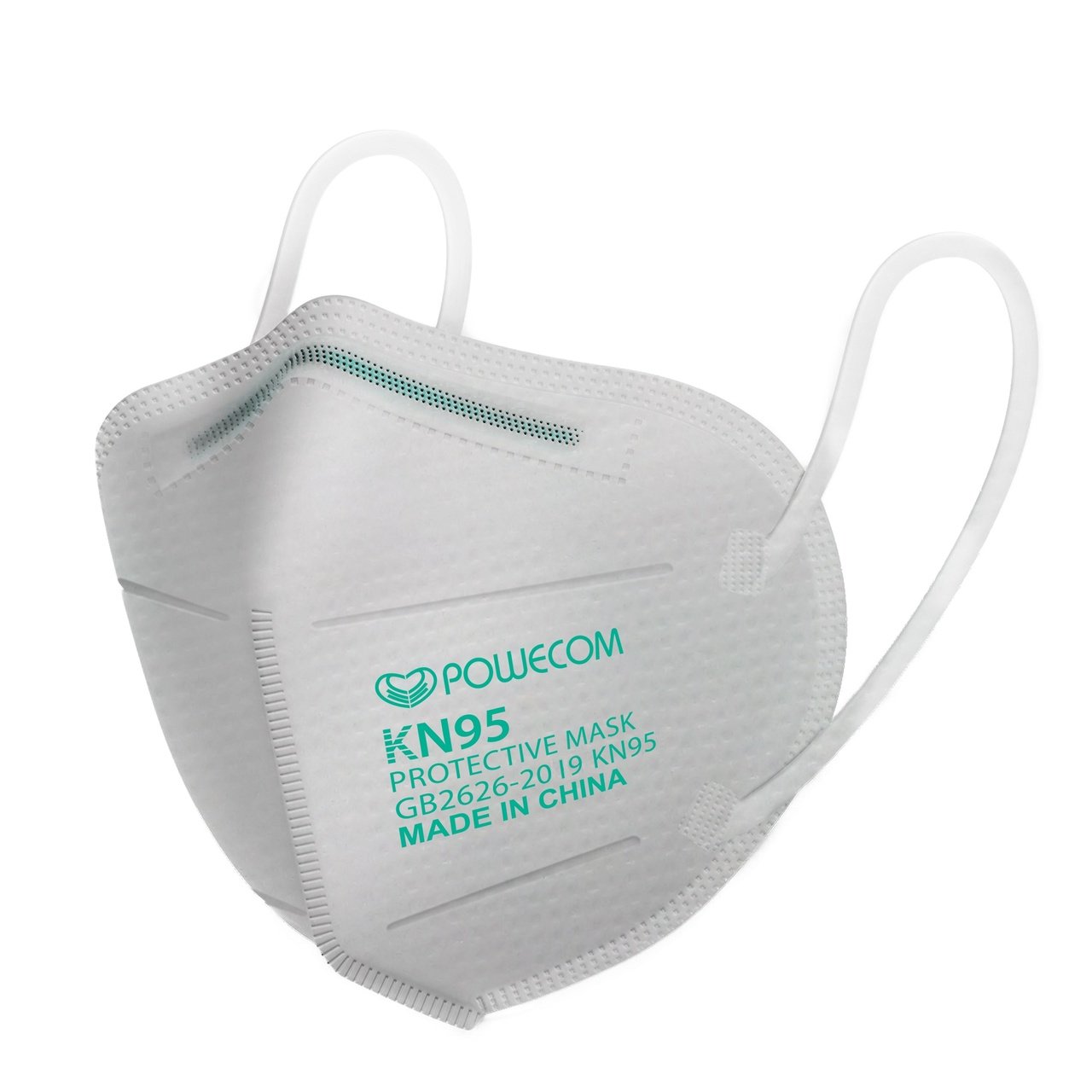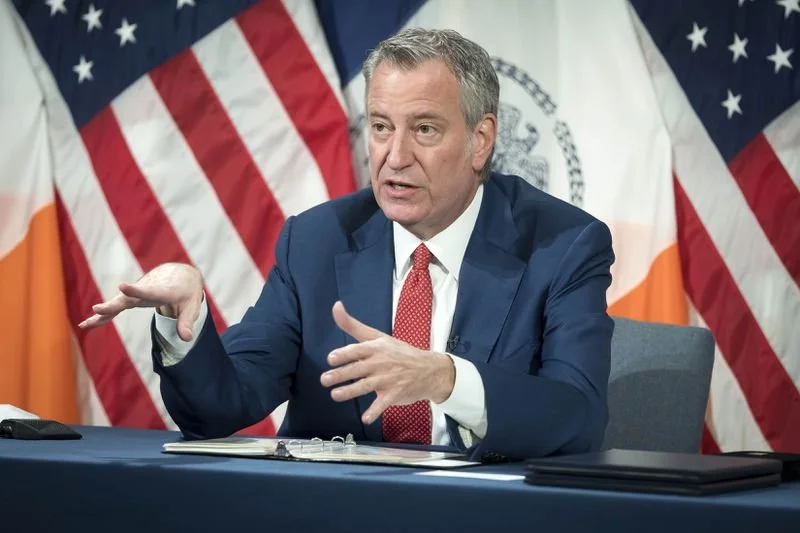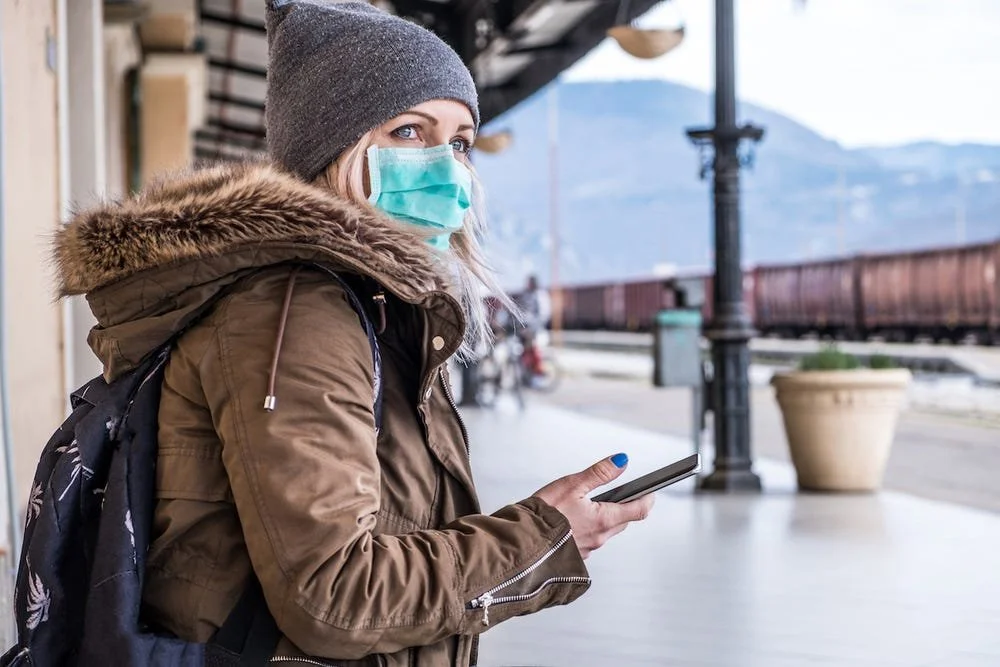With all this mask talk, what's the difference you ask?
Keeping track of which masks to wear to protect ourselves from people around us can be a dizzying task. Especially now with the variant on the loose. Earlier in the pandemic, N95 masks were short in supply and only recommended for medical professionals only.
But lately, more and more people have turned to two other types of popular masks — KN95 and KF 94. They are both very close to the level of filtration found in N95 masks. With the new variant cases on the rise, people are seeking these out from expert-approved face masks. You may ask what's the difference between the two and which one is better?
KF stands for "Korean Filter" and the "94" indicates a 94 percent filtration efficacy. It is the South Korean equivalent to the N95 mask, with a few differences. KF 94 combines the elements of an N95 mask with those of a cloth mask, contouring close to the face with an adjustable band around the bridge of the nose. Many people like them because they are a tent-like shape that creates a little pocket of extra space between your mouth and the mask. KN95 masks look more like a bird's beak and stick out further off the face. They are considered the Chinese equivalent to an N95 mask. They are made of the same synthetic material and also filter out and capture 95 percent of particles in the air.
You might assume that because of the 1% difference, one is better than the other. What matters most is how tightly each mask fits your face shape and size. The critical factor for these masks is the face seal. Without a good seal, they are almost the same since the air can easily come through. KN95s and KF94s are more effective when worn by adults rather than children.
We should put aside fabric masks in favor of those that offer higher filtration like KN95s, KF94s, and N95s — regardless of vaccination status. The variant is very contagious even among vaccinated individuals. The three-ply surgical masks are probably fine but KF94s and KF95s are better if the deal is good.
KN95s and KF94s are approved by the FDA, but a good way to know if you're getting legitimate KF94s is by checking that they are made in South Korea. KN95s can be a little more difficult to verify since there is no regulatory agency that actually ensures they are up to manufacturer standards. A general rule is to not buy random brands from Amazon or eBay. Some of the best manufacturer recommendations come from Project N95, BeHealthyUSA, and KollecteUSA.
Note that a variety of companies say they are FDA-registered. This term just means that the company has paid a registration fee to the FDA so that they can produce masks for marketing in the U.S. It doesn't actually tell you anything about the quality of the masks.
To check if your mask provides a tight seal, put it on and then look at yourself in the mirror. You should not be able to see any gaps around your nose, cheeks, or under your chin. If the ear loops are too big, then you can tighten them by tying knots, crisscrossing them, or adding toggles or a strap that connects the loops behind your neck.
The Best KN95s and KF94s for Adults & Children
The Powecom KN95 face mask is the best disposable mask as they are included on the FDA's list of approved emergency PPE and readily available. They are great go-to masks for wearing alone or layering up with a fabric mask on top. Soft on the skin, the also create a tight seal all the way around, from the bridge of the nose to the underside of the chin.
These masks have adjustable ear loops. By pulling on the little front loop you can easily adjust the tightness around the ears, nose, and sides. These masks also pass the glasses test, which will tell you if it has a good seal quality or not — because no fogging! These masks go out of stock frequently so it's good to check back often to see when they're available.
This mask is so lightweight and comfortable that sometimes you may even forget that you're wearing one. It has been tested by the FDA to have 94% filtration efficiency. It also comes with a soft silicone strap that helps tighten the mask's ear loops without pinching or pressure on your ears.
Powecom Children’s KN95 Mask
Finding masks for kids can be a daunting task. It can be especially challenging due to many options being out of stock and sizing differences. The good news is this smaller version of Powecom's adult KN95 is still available! In testing, it has been found that this mask has a filtration efficiency of 97.3% and is best for children ages 7 through to 12 depending on face size.














